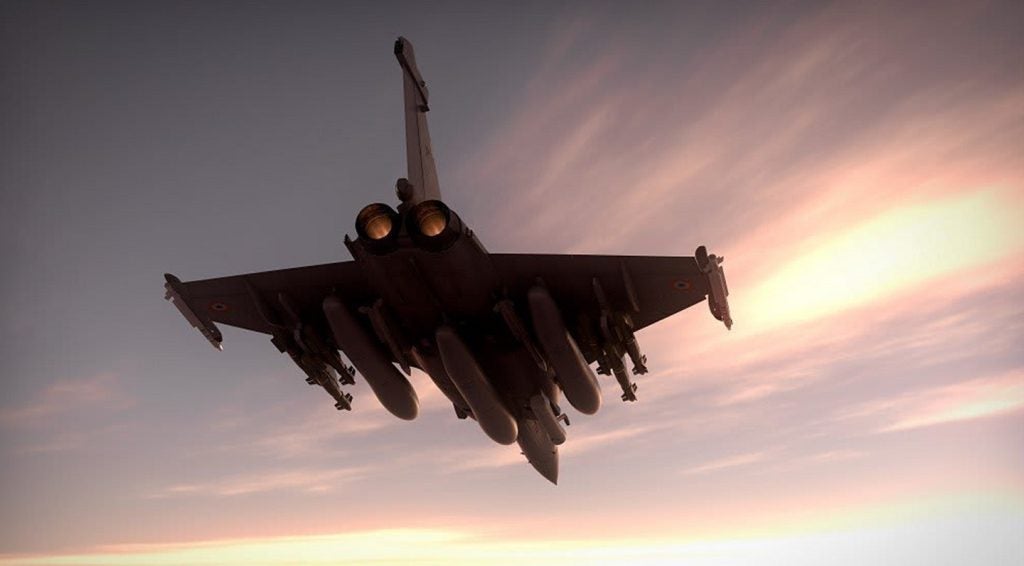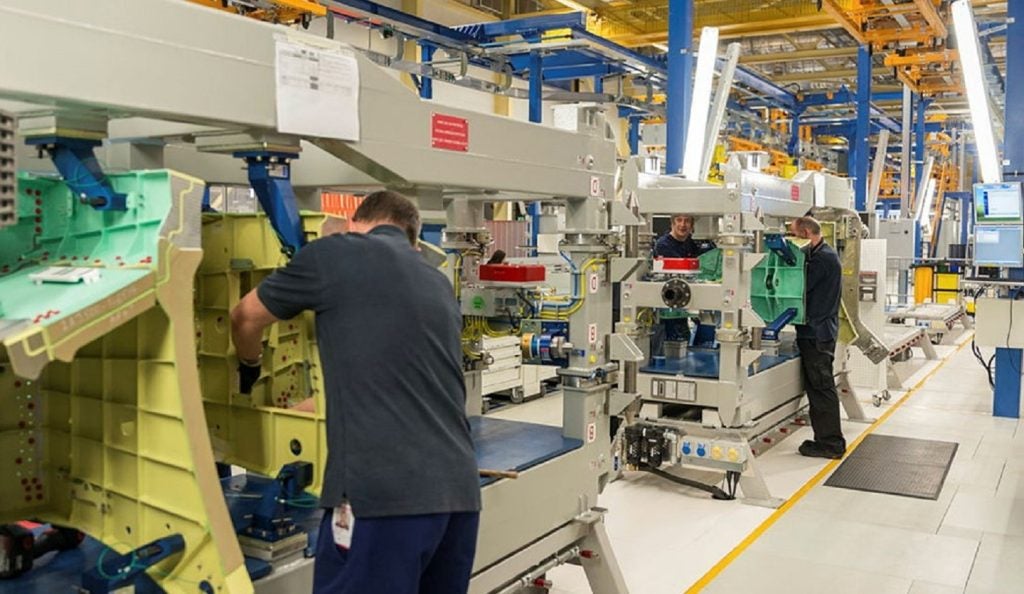
While many industries continue the battle to recover from the global recession, there is one market sector where prospects are looking up, in every sense – military satellite communications.
Recent years have seen spiralling growth in governmental demand for satellite bandwidth, growth that’s been driven not only by military operations in places like Iraq and Afghanistan, but also by new bandwidth-hungry applications that serve the modern network-centric nature of warfare. The military sector cannot meet this demand on its own, so increasingly it is turning to commercial satellite operators to help them plug this capacity gap.
BMD and COTM
According to research by consultancy firm Frost & Sullivan, the key emerging applications driving this demand are communications on the move (COTM) and ballistic missile defence (BMD). It says, “COTM has become critical for mobile command and control operations, specifically during counter-insurgency operations in mountainous terrain without traditional communication infrastructure, as it facilitates enhanced situational awareness in real time, while on the move. It’s the main accelerating factor for military satellite communications.”
BMD is, however, still some way off, as Anirudh Srinivasan, ICT research analyst in the technical insights division of Frost & Sullivan explains. “The capability to defend against ballistic missile attacks by detecting and intercepting them in mid-air is not yet sufficiently proven or mature. Besides the US, Israel is the only other entity known to have a working prototype, although recently India was said to have had some success in BMD tests,” he says. “So it is still an emerging application, with its own considerable opportunities for system developers.”
These opportunities, he says, are in antenna manufacture, particularly rapidly transportable, quickly deployable antennas for COTM applications. “There are also opportunities for bandwidth optimisation technologies and products, and for more advanced satellite modems, with better error correction, greater reliability and enhanced security,” he says.
How well do you really know your competitors?
Access the most comprehensive Company Profiles on the market, powered by GlobalData. Save hours of research. Gain competitive edge.

Thank you!
Your download email will arrive shortly
Not ready to buy yet? Download a free sample
We are confident about the unique quality of our Company Profiles. However, we want you to make the most beneficial decision for your business, so we offer a free sample that you can download by submitting the below form
By GlobalDataThis upbeat assessment is echoed by other studies. A report by telecoms consultancy Northern Sky Research, for example, predicts that government and military demand on commercial satellites will grow at a compound annual rate of 9.5% for 2009-18.
Commercial operator SES ASTRA, which beams satellite television and radio to more than 122 million households across Europe, sees a clear trend here. “Governments are increasingly securing commercial capacity due to a critical lack of appropriate military satellite systems,” says Philippe Glaesener, vice-president and general manager of the cmopany’s governments and institutions division.
“Because of the growth in bandwidth demand, this lack will persist over the next decade, even in the unlikely event that all planned military satellite programmes were to be launched without delay.
“Governments are also increasingly tending to shift less-critical applications, such as non-strategic and welfare-related telecoms, to commercial satellites in order to free up capacity for applications such as command and control on their own satellites,” he says.
Consequently, there is a very strong case for a combined architecture of commercial and military satellites in the mid and long term, and a clear tendency towards building hybrid satellites that carry payloads for commercial as well as governmental purposes – especially for projects where the capacity requirements may not always justify a standalone satellite system.
Bringing down satellite costs
In terms of emerging applications and opportunities Glaesener says that besides hosted payload solutions, which facilitate access to space, there is a definitive trend towards governments looking for end-to-end solutions such as broadband VSAT, to save time and costs as well as for compatibility reasons.
“Satellite operators and other value-added service providers can offer these services to governments, as the latter can benefit from the market players’ experience in delivering end-to-end solutions to commercial customers. Other significant upsides to this approach, besides lower costs, are shorter planning and implementation cycles. Very often, the use of commercial capabilities by the defence sector also bypasses the typically longer learning curves and decision cycles of governmental and institutional bodies.”
This follows the COTS principle of procurement common elsewhere in the military, which a spokesperson at Paradigm, a prime contractor for the UK Ministry of Defence’s Skynet 5 satellite programme, says is likely to remain in the market for some time. “The military communications market is primarily based on government policy and defence budgets, which themselves reflect the need to support ongoing operations and military exercises,” the company says.
Although Paradigm highlights the UAV market as one growth area for military in the next few years it says the opportunities for third-party developers are far wider. “Paradigm will look to whichever company can deliver the best hardware or software to ensure that we stay focused on providing value for money to our customers, as Skynet 5 gives us the flexibility to propose different technology solutions that can enhance the underlying service or improve the value for money of existing services.”
of 9.5% for
2009-18.”
“We have done both ‘request technology’ and had technologies suggested to us,” the company says. “For example, on one application, Paradigm is implementing a solution using customer-suggested equipment due to the need to expedite the service start date.”
“This issue of responsiveness is a major challenge for a company like us. Because of the nature of our customers, we are often asked to provide capacity at very short notice and occasionally asked to develop a brand new service within a very short timescale.”
Looking further ahead, Srinivasan says: “There are some estimates that indicate that the rising bandwidth needs of the Pentagon, for example, cannot be satisfied internally until at least 2020, and with potential delays in some satellite programmes this could go on until 2025 or 2030.
“To address this issue in the long term, vendors should continue working on developing more-bandwidth-efficient transmission techniques. While some contemporary solutions are able to cut bandwidth requirements by up to 50% with efficient techniques, there is no proof yet that the maximum optimisation limit has been achieved. By minimising bandwidth wastage due to inefficient transmissions and error correction algorithms, vendors can deliver more optimal products.”






